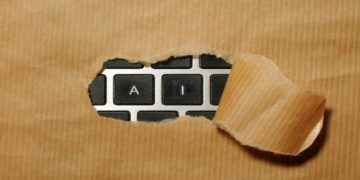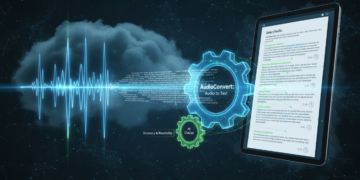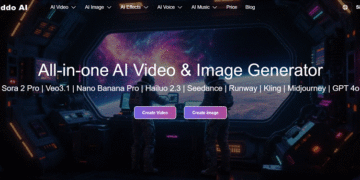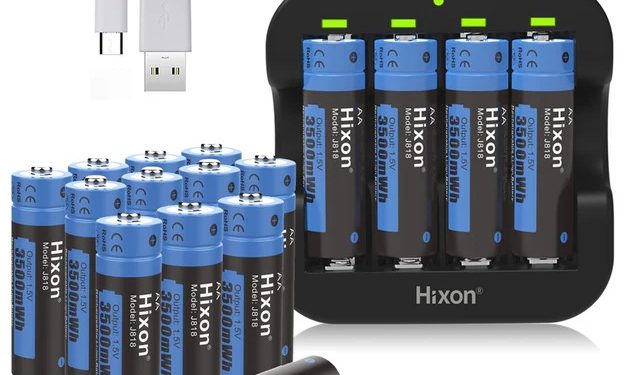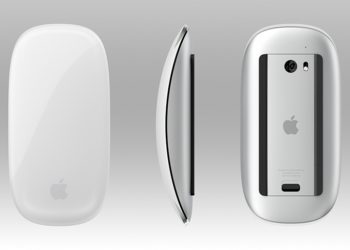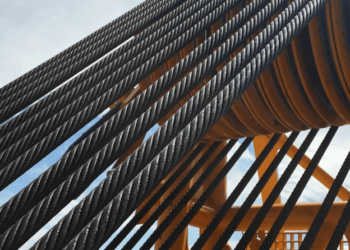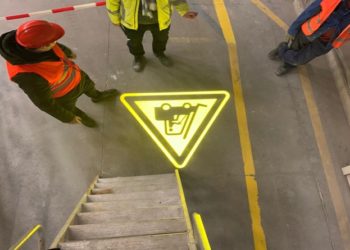Switching to a modern rechargeable AA lithium-ion battery is the single most effective upgrade you can make for your electronics.
You get longer-lasting, consistent power for your favorite gadgets and take a meaningful step away from the waste of single-use batteries.
We’ll show you how this small change delivers a massive impact on both performance and the planet.
Table of Contents:
- Why Upgrading to a Modern Lithium-ion Battery Matters
- Alkaline vs. NiMH vs. Li-ion Battery: A Clear Comparison
- How to Choose the Right AA Lithium-ion Battery for Your Needs
- Pro Tips for Maximizing Your Li-ion Battery Lifespan
- Beyond AA Batteries: Powering Your Life with Li-ion Technology
Why Upgrading to a Modern Lithium-ion Battery Matters
This upgrade moves you past the common frustrations of weak or dead batteries right when you need your devices most. Let’s look at the real-world impact on your wallet and your gadgets.
The True Cost of Single-Use Batteries
That “value pack” of alkaline batteries feels like a good deal at the checkout, but it’s a subscription you never meant to sign up for.
Each disposable battery gets used once and then contributes to landfill waste, leaching chemicals into the environment.
A single rechargeable lithium-ion battery can replace hundreds, even thousands, of them. The upfront cost is slightly higher, but the long-term savings are substantial, freeing you from the need for endless trips to the store.
High Performance for Today’s Demanding Gadgets
Your modern electronics are power-hungry.
Think about digital cameras, VR controllers, and portable audio mixers; they need strong, steady energy to function correctly.
A standard alkaline battery’s power dwindles as it’s used, causing performance lags and premature shutdowns.
A quality Li-ion battery provides consistent, full power, ensuring your gadgets perform at their peak from start to finish.
This performance difference becomes crystal clear when you compare the underlying technologies directly.
Alkaline vs. NiMH vs. Li-ion Battery: A Clear Comparison
Seeing the specifications side-by-side reveals why the lithium-ion battery is the modern champion. Here is a simple breakdown.
| Feature | Alkaline (Single-Use) | NiMH (Rechargeable) | AA Lithium-ion (Rechargeable) |
| Voltage | Starts at 1.5V, drops quickly | Starts at 1.2V, drops steadily | Steady 1.5V until empty |
| Recharge Cycles | 1 (None) | ~500 cycles | 1000+ cycles |
| Leakage Risk | High | Low | Very Low |
| Shelf Life | ~7 years | Loses charge monthly | Holds charge for years |
| Best For | Low-drain(TV remotes) | Moderate-drain devices | High-drain electronics |
The “Voltage Drop” Problem in Alkaline and NiMH Batteries
Have you ever put fresh batteries in a device, only to have it show a “low battery” warning surprisingly fast? That’s a voltage drop.
Alkaline and NiMH batteries lose their power in a slow decline. Even when they still have 50% of their energy left, their voltage might be too low for your device to work properly.
The 1.5V Constant Power Advantage of Li-ion
A 1.5V AA lithium-ion rechargeable battery delivers a rock-solid 1.5 volts of power throughout its entire discharge cycle. There’s no frustrating “in-between” stage of sluggish performance. This consistent energy density makes all the difference in high-drain electronics.
Safety and Reliability: The End of Leaky Batteries
We’ve all opened a forgotten toy or flashlight to find a corroded, crusty mess from a leaking battery.
That acid can ruin your electronics permanently.
Modern Li-ion battery options are engineered with superior seals and chemistry, making the risk of leakage incredibly low. They provide peace of mind that your valuable gear is protected.
How to Choose the Right AA Lithium-ion Battery for Your Needs
Making the right choice comes down to a few key factors that separate a great battery from a mediocre one. You can start by looking for a battery that matches the demands of your devices.
Understanding Capacity (mAh) and Recharge Cycles
You’ll see numbers like “3000mAh” on battery labels.
This is the capacity.
A higher mAh (milliamp-hour) number means a longer runtime between charges.
EBL, for instance, focuses on developing high-capacity AA batteries that keep your devices running longer.
Equally valuable are the recharge cycles. A battery rated for 1200 cycles, like those from EBL, offers incredible long-term value.
Built-in Safety Features to Look For
A quality rechargeable lithium-ion battery should have a brain.
Look for models with a built-in protection circuit whose tiny chip prevents over-charging, over-discharging, and short-circuiting.
It protects both the battery and your device. It’s a non-negotiable feature for safety and battery longevity.
The Importance of a Trusted Brand and System
When you choose a battery, you are also choosing its charging system.
Brands like EBL engineer their batteries and chargers to work together perfectly. They offer convenient options, like the USB-C rechargeable AA lithium-ion battery, which lets you charge your batteries with the same cable you use for your phone or laptop. This commitment to a reliable, user-friendly ecosystem is the mark of a leading brand.
Once you have your new batteries, a few simple habits can help them last for years to come.
Pro Tips for Maximizing Your Li-ion Battery Lifespan
Your new rechargeable batteries are a long-term investment, and with a little care, you can get the absolute best performance out of them. These are just simple habits.
Correct Charging Habits for Longevity
Unlike old NiCd batteries, modern Li-ion versions have no “memory effect.” You don’t need to fully drain them before recharging.
They are happiest when you top them off whenever it’s convenient.
For best results, use the charger designed for your batteries, as it provides the correct voltage and current for optimal health.
Ideal Storage Conditions for Batteries
If you plan on storing your AA batteries for a few months, aim to leave them with about a 50% charge.
Store them in a cool, dry place away from direct sunlight. The back of a desk drawer is perfect.
Extreme heat is the enemy of any battery, so avoid leaving them in a hot car or on a sunny windowsill, as high storage temperature can degrade performance over time.
Responsible End-of-Life Recycling
After a thousand or more charges, your lithium-ion battery will eventually retire.
When it does, it’s vital to recycle it properly.
Most electronics stores and local recycling centers have dedicated battery drop-off bins. This ensures the valuable materials are recovered and prevents any environmental contamination, completing the battery’s sustainable lifecycle.
Beyond AA Batteries: Powering Your Life with Li-ion Technology
Once you experience the reliability and convenience of a rechargeable lithium-ion battery, you’ll start seeing opportunities everywhere. The same core technology that powers your gaming mouse can also provide emergency backup for your entire home.
The Same Tech in Your Phone, Now for Your Whole Home
Every time you charge your smartphone or laptop, you are using lithium-ion technology. It’s trusted for its stability, power density, and safety.
Now, companies like EBL have scaled this technology up into powerful, suitcase-sized units that can run appliances, charge tools, and keep your lights on during an outage.
When to Consider a Portable Power Station
Do you love camping but miss a few creature comforts?
Do you worry about losing power during a storm?
A portable power station is your answer.
These units are essentially giant, safe, and silent rechargeable batteries with standard outlets.
They’re perfect for outdoor adventures, as a home portable power source, or for professionals working on a remote job site.
Your Next Step in Energy Independence
Making the switch to rechargeable AA batteries is the first step.
The next is embracing larger-scale solutions that give you freedom and security.
A portable power station is more than a gadget; it’s a tool for modern preparedness.
It lets you keep your family connected, your food fresh, and your essentials running, all without the noise, fumes, or hassle of a gas generator.
By investing in a complete Li-ion battery ecosystem, you power your life more reliably and sustainably.
A Small Change, A Powerful Difference
Making the change from disposable batteries to rechargeable lithium-ion is one of the most straightforward upgrades you can make.
You’re not just buying a better battery; you’re investing in superior performance for your devices, reducing your environmental footprint, and saving money over time.
It’s a small change that delivers a powerful return on every level.
Ready to experience the difference?
Explore EBL’s complete range of high-performance AA lithium-ion battery solutions and portable power stations to find the perfect fit for your life.

